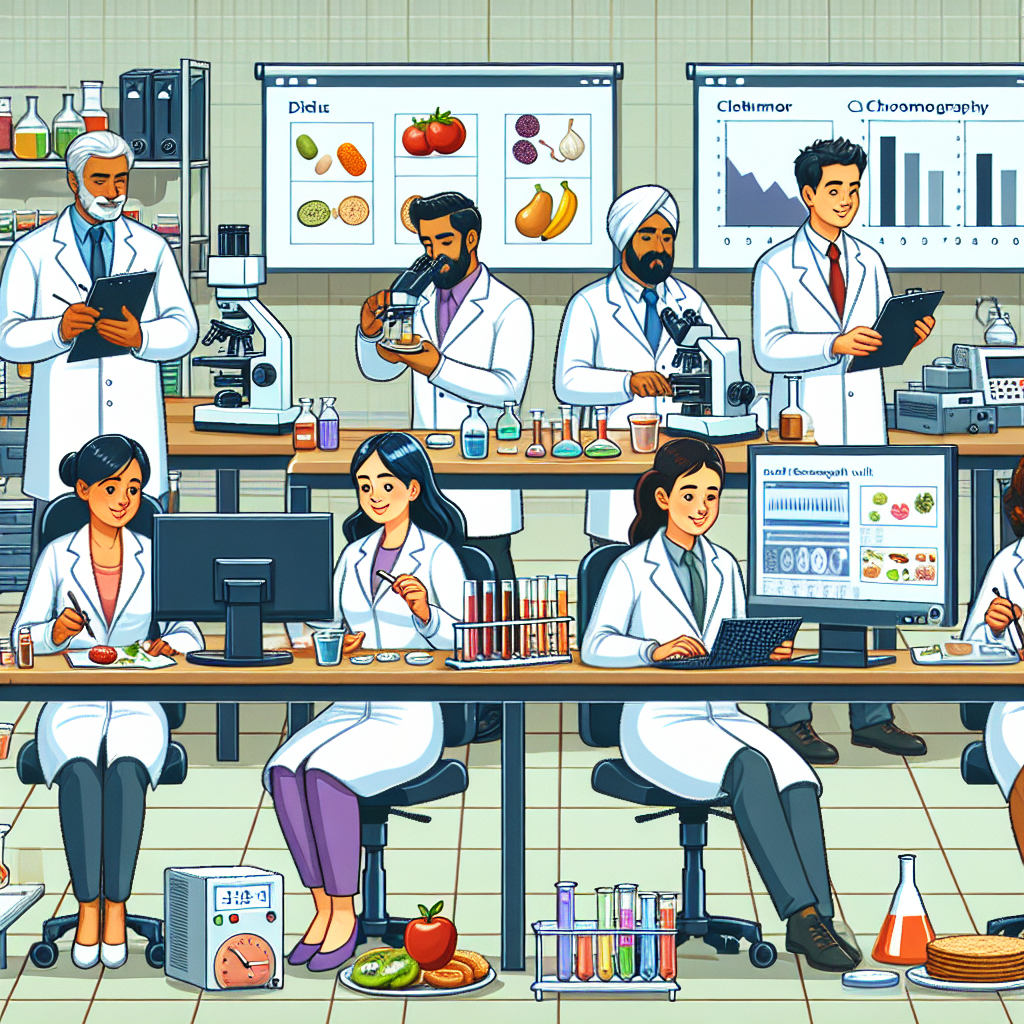Farmers across six Asian countries have significantly boosted their rice yields by adopting climate-smart agricultural practices, developed with the help of the International Atomic Energy Agency (IAEA) and the Food and Agriculture Organization of the United Nations (FAO). These innovative techniques, which incorporate nuclear-derived methods, have proven crucial in addressing the region’s food security challenges.
Rice, a staple for 60% of Asia's population, is cultivated on over 135 million hectares and provides employment for more than 300 million people. However, climate change and water shortages have increasingly threatened rice production, necessitating new approaches to ensure food security, meet the demands of a growing population, and improve farmers’ livelihoods.
Through the IAEA’s technical cooperation program, farmers in Bangladesh, Lao People's Democratic Republic, Myanmar, Nepal, Pakistan, and Vietnam were trained in climate-smart agricultural practices, including nuclear and isotopic techniques. These practices led to remarkable increases in rice production, with yields rising from 1 to 2.5 tons per hectare in these countries.
Scientists from the Joint FAO/IAEA Centre of Nuclear Techniques in Food and Agriculture have played a pivotal role in optimizing fertilizer and water use, enhancing agricultural efficiency while maintaining soil health. The adoption of these technologies by local farmers has resulted in substantial improvements in productivity and sustainability.
In Pakistan, for instance, farmers in Punjab and Sind provinces were trained to implement climate-smart agriculture technologies, such as the IAEA/FAO Integrated Option, which combines chemical and organic fertilizers tailored to local soils and crops. This approach led to a 188% increase in basmati rice yields and a 176% increase in long-grain rice yields in field trials across six regions.
The success of these practices has not only boosted food security but also promoted sustainable farming methods that can be replicated in other countries. Babul Hossain, a farmer in Bangladesh, noted that the IAEA-recommended practices have become popular among local farming communities, providing additional income and encouraging widespread adoption.
The joint IAEA/FAO approach has also contributed to environmental benefits. In Bangladesh, climate-smart agriculture reduced ammonia emissions by approximately 36%, leading to better air quality and soil fertility. Mohammad Jahangir, a professor at the Bangladesh Agricultural University, highlighted that these practices have made the soil more resilient to climate stress.
Javed Shah, a scientist at the Nuclear Institute of Agriculture (NIA) in Pakistan, emphasized that the success of the IAEA Integrated Option demonstrates how the combination of chemical and organic fertilizers can lead to higher yields and improved soil health, paving the way for a future where food security and environmental sustainability coexist harmoniously.
The Joint FAO/IAEA Centre's work on climate-smart agriculture has shown that nuclear science and technology are key to developing sustainable agricultural practices. By enhancing rice productivity and promoting sustainable farming, these practices offer a promising model for global replication.
In 2018, the Joint FAO/IAEA Centre developed the Rice Production Guidelines, which provide best management practices based on isotopic techniques. These guidelines have helped farmers improve rice productivity and ensure food security in their regions.
Looking ahead, the IAEA and FAO's Atoms4Food initiative, launched in 2023, aims to expand the use of nuclear techniques to further enhance agricultural productivity, food safety, and nutrition, while addressing the challenges posed by climate change.











